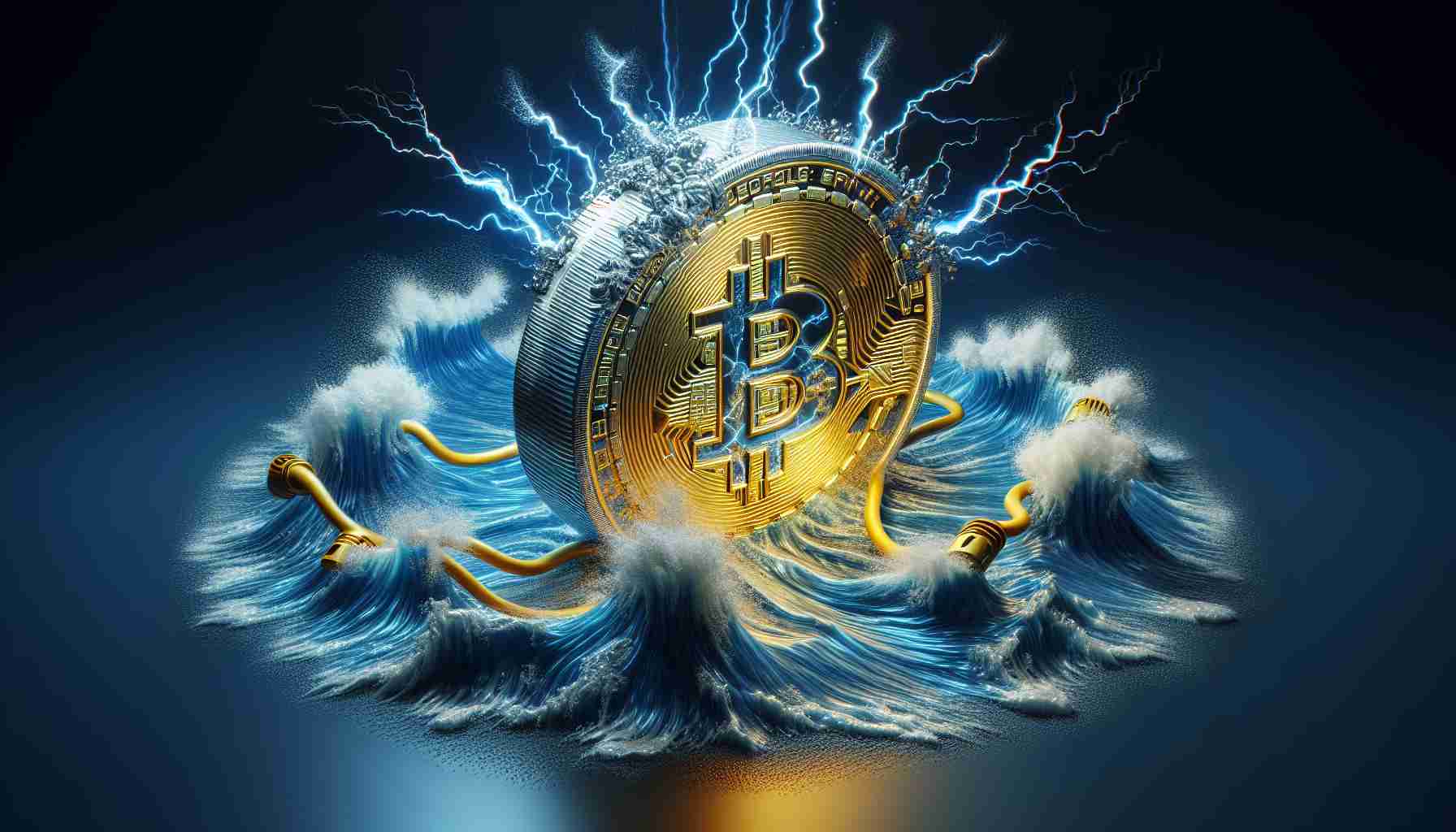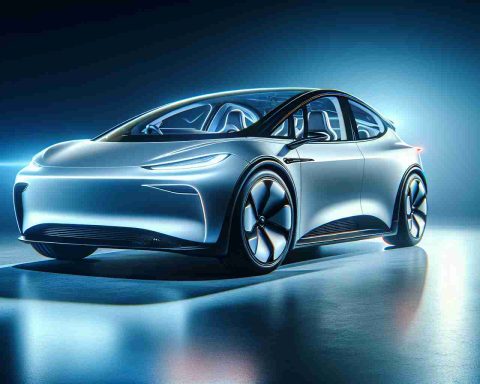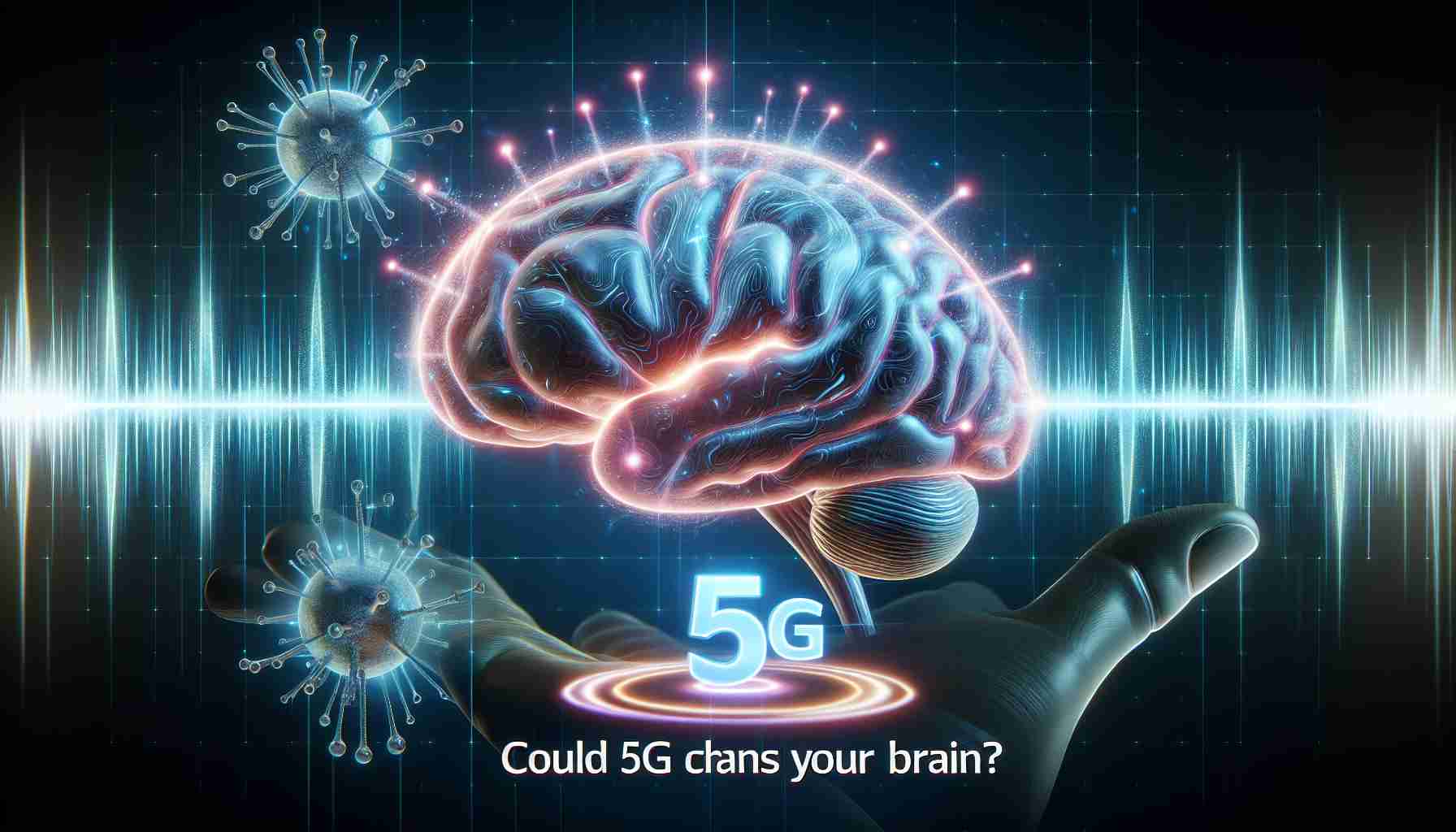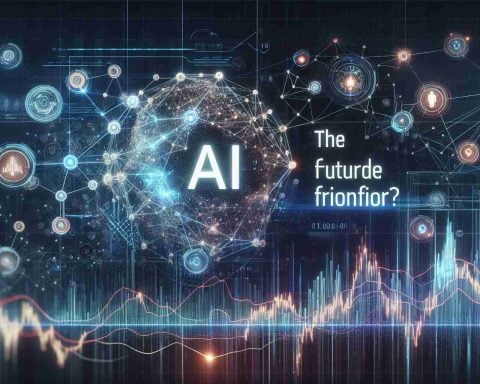- The Trump administration has halted $71 million for electric vehicle charger funding in Washington, impacting the NEVI program.
- NEVI was intended to allocate $5 billion nationwide for the construction of electric vehicle charging networks.
- Washington’s Department of Transportation had plans for significant upgrades along major routes like Interstate 5.
- New leadership is reviewing existing policies, causing uncertainty for state agencies and local businesses.
- Additionally, $21 million for truck charging and hydrogen refueling stations is also uncertain due to the funding freeze.
- There is hope for $10 million earmarked for repairing existing charging stations, but overall challenges persist.
- This situation highlights the precarious state of electric vehicle infrastructure and green energy initiatives.
In a stunning turn of events, the Trump administration has pulled the plug on $71 million designated for electric vehicle chargers in Washington. This move is part of a broader strategy to freeze Biden-era funding, disrupting plans for a new era of electric mobility.
The National Electric Vehicle Infrastructure program, known as NEVI, was set to distribute a whopping $5 billion to states, with plans already in motion for constructing essential charging networks along major highways. Washington’s Department of Transportation had ambitious plans for Interstate 5 and other critical routes to power up a greener future.
However, a recent letter sent from the Federal Highway Administration revealed that the approval for these funding plans has been abruptly suspended. The new leadership is reevaluating existing policies, leaving state agencies and local businesses in limbo. With so many hopeful grant applications poised for the $71 million, uncertainty looms as the agency now withholds any new obligations.
Moreover, Washington faces complications with an additional $21 million intended for truck charging and hydrogen refueling stations also stuck in limbo. As officials navigate through this funding maze, they cling to a glimmer of hope for $10 million allocated for replacing and repairing existing chargers.
This funding freeze underscores a pressing reality for electric vehicle infrastructure ambitions and raises questions about the future of green energy initiatives. As the electric vehicle landscape shifts beneath our feet, one thing is clear: patience and determination will be key to overcoming these obstacles. Stay tuned as we follow this evolving story.
Shocking Funding Freeze: What’s Next for Electric Vehicle Infrastructure?
In a shocking development, the Trump administration’s cancellation of $71 million allocated for electric vehicle chargers in Washington has caused ripples in the electric vehicle (EV) infrastructure landscape. This funding freeze, part of a larger strategy to hold back Biden-era initiatives, poses significant challenges for the transition to electric mobility in the state.
Key Aspects of the Situation
– Program Overview: The National Electric Vehicle Infrastructure (NEVI) program, established with a budget of $5 billion, aimed to enhance the charging network for EVs across the United States. Washington state had ambitious plans to utilize these funds to develop charging stations along major routes like Interstate 5.
– Current Status: Recently, the Federal Highway Administration communicated the suspension of approvals for funding plans. This decision puts a halt to ongoing projects and leaves many stakeholders, including state agencies and local businesses, uncertain about their financial future in EV infrastructure.
– Additional Complications: At the same time, Washington’s local initiatives face an even steeper challenge with $21 million earmarked for truck charging and hydrogen refueling stations also suspended. Meanwhile, hopes remain for $10 million intended for the repair and enhancement of existing charging stations.
Important Questions Answered
1. How does the freeze on funding affect electric vehicle adoption in Washington?
The funding freeze poses significant setbacks for EV adoption in Washington. The lack of charging infrastructure can deter potential EV buyers due to range anxiety, negatively impacting sales and delaying the shift towards cleaner vehicles.
2. What are the implications for businesses involved in the EV sector?
Businesses engaged in electric vehicle sales, charging station installations, and related services may face financial instability and reduced growth prospects. The uncertainty surrounding funding may force companies to reconsider investments and expansion plans.
3. What steps can Washington officials take to mitigate the impact of these funding losses?
Washington officials can explore alternative funding sources, including state budgets, partnerships with private firms, and grants from philanthropic organizations. They might also work to lobby for reinstatement of federal funding or advocate for new legislation that bolsters EV infrastructure development initiatives.
Market Insights and Innovations
– Trends in EV Infrastructure: The global electric vehicle market is projected to grow, with infrastructure improvements remaining a critical component. However, setbacks like these highlight vulnerabilities that may impede progress.
– Sustainability Efforts: Addressing the funding crisis can be an opportunity to revisit sustainable energy investment strategies. New initiatives that emphasize public-private partnerships could emerge as viable solutions to build the necessary infrastructure.
– Technological Innovations: New technologies in battery storage, fast charging, and alternative fuels may spark fresh interest among investors, even amidst funding challenges.
Conclusion
The abrupt halting of EV funding signals a challenging road ahead for electric vehicle adoption and infrastructure development in Washington state. Stakeholders must navigate these turbulent waters with agility and creativity. The future of EV infrastructure hinges not only on federal support but also on state-level innovation and strategic planning.
For more information on electric vehicle initiatives and current trends, visit Department of Energy.



















